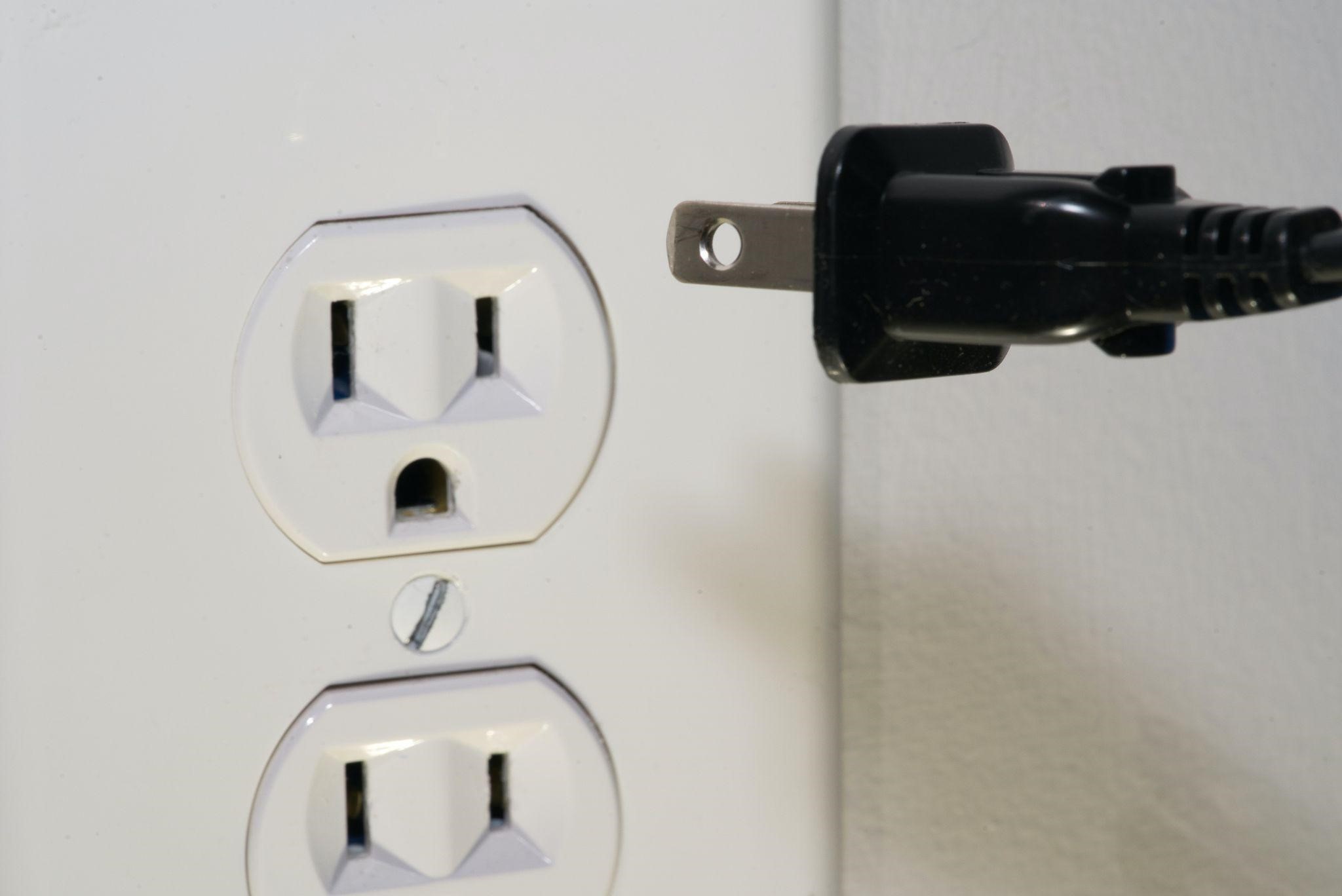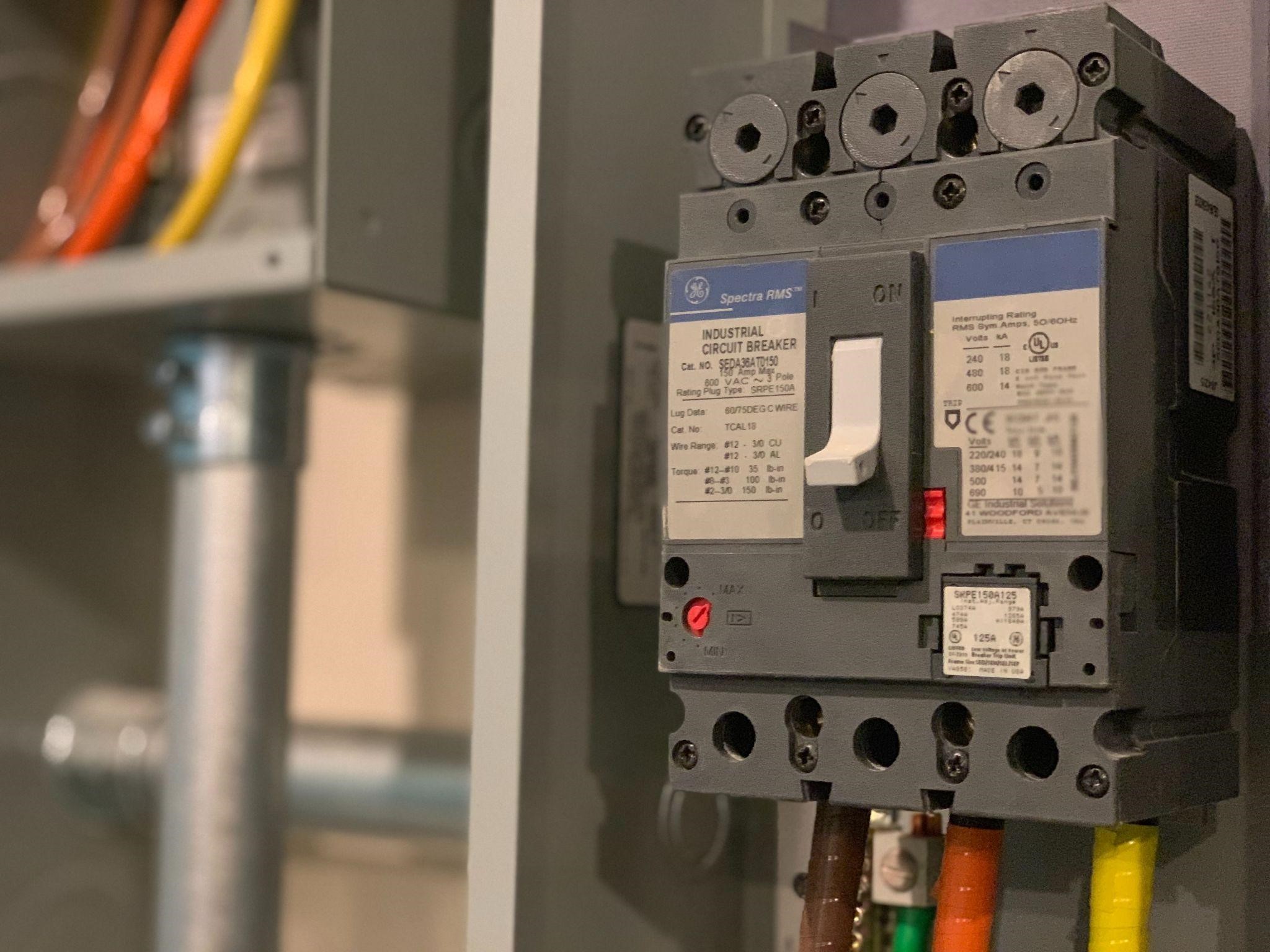In reality, there are two distinct types of surge protection. To begin, there is the most fundamental kind of surge protection, which shields against electrical surges caused by a power supply. Electrical management systems are also available. This kind offers defense against a great deal of additional electrical concerns.

Both variants are offered in a portable unit option in addition to a permanently connected one.
When you arrive at an RV park, you connect your portable surge protector to the power pedestal, and then you connect your RV to the portable surge protector using the electrical wire that came with your RV. The hard wired devices, in contrast to the portable ones, are mounted in your RV in a permanent manner. When you reach the location where you will park your RV, you just hook your shore cable into the power source as you normally would.
The Use Of Surge Protectors
Your recreational vehicle will remain safe against damage caused by an electrical surge even if it is transmitted via the power pedestal. You should get a surge guard if you spend any substantial amount of time in your RV or have powered equipment no longer under warranty. This might be caused by lightning, a problem with the power pedestal, or even a rush of energy coming from the electrical wires itself. The surge protector stops that dangerous energy from ever entering your RV, preventing it from doing any damage to the vehicle.

Electrical Management System
The power protection versions that are now available are an even better option. These surge protectors have technology that is a little more advanced than that found in traditional surge protectors (https://www.techopedia.com/definition/1758/surg), and as a result, they guard against a far wider variety of hazards than simply electrical surges.
The EMS versions provide protection against potentially dangerous conditions such as low and excessive voltage. If the electricity you are hooked into drops below 104 volts or rises beyond 132 volts, the power to your RV will be switched off in order to safeguard the appliances and electronics inside of it from being destroyed. The standard voltage for A/C is 120.
Another problem that completes protection models guard against is power pedestal miswirings. EMS can identify whether a pedestal is wired wrong or has no ground. After then, the electricity will be switched off, and this potentially hazardous scenario will not be allowed to enter your RV. Purchasing this insurance coverage won’t break the bank at all.
EMSs are often more costly than surge protectors simply due to the fact that they provide a far higher level of protection.
Mobile Facilities/Units
The convenience of being able to plug portable units directly into your RV’s power pedestal makes these units a great investment. Just plug them in and they will start working immediately; there is no more configuration required. Because they are resistant to the elements, sitting outdoors is not a problem while using them.

There is no difference in that regard since they provide the same level of security as hard connected devices. To keep your portable unit safe while camping, you may secure it with a chain or cycle lock by wrapping the cord around a metal ring that is attached to the device.
Units That Are Hard Wired
The hard connected devices need a little bit more work to get them operating initially, but they offer certain benefits over the portable versions.
You are going to put the hard-wired device next to your shore cable in some location. Either in the bay where the cable enters the RV or closer to the breaker panel is a good location for this. Because these devices are often not resistant to the elements, they must be stored in a protected environment.
Before doing so, you must verify that the cut end of the cable is the one that is connected to the power pedestal. Wire the breaker panel end to the EMS coach load output terminals.
The system is ready to function after it has been correctly connected and placed in a secure location. It’s the type of installation that you can just leave alone.
Because you won’t be able to view the unit very readily in most cases, it comes standard with most hard connected systems to have a digital display that can be accessed remotely. For your information, the display on the remote will indicate any fault codes as well as provide feedback on how the item is functioning.

Note for the Hard Wired Unit
One thing to bear in mind when it comes to the hard connected devices is that you cannot simply disconnect or go around them in the event that there is an ongoing power outage at your campground, but you are ready to deal with the danger of being unprotected.
If you don’t mind using 103 volts to power your RV but still require surge safety, this feature is fantastic.
Why You Really Ought To Have A Surge Protector
You must have a surge protector installed in your RV in order to prevent any power surges from being sent to it. This might be caused by lightning or a power grid problem. The surge will harm any plugged-in appliances or electronics.
A surge will undoubtedly cause the electronic components on the circuit boards of your air conditioner and your recreational vehicle’s refrigerator to become damaged. Surge protectors are your best bet for protecting yourself from this, since you can’t predict when something like this would happen.
Because it is also capable of filtering out “dirty power,” the EMS lowers the likelihood that you will cause damage to devices that are particularly susceptible to that kind of disturbance. You’re probably familiar with the phrase “brown out,” which refers to a reduction in voltage caused by the power supply, either purposefully or inadvertently.
This occurs on a fairly regular basis in regions that are at high danger of wildfires throughout the summer, as well as in regions that see unexpectedly high levels of demand for power. The power providers will reduce the voltage in order to alleviate the pressure that is being placed on the system. Unfortunately, this may result in a significant amount of damage being done to the delicate electronics that are contained inside your rig.
